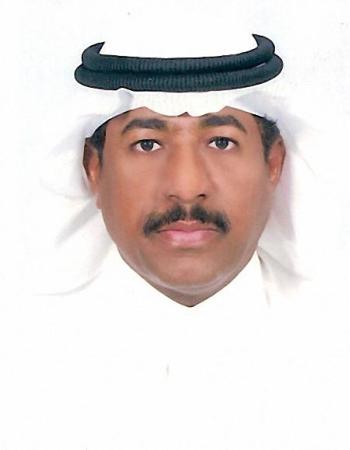Requirements of the endodontic board certifications and master’s degrees in Saudi Arabia and the United States.
S., Alshehri M, Alamri H, Alshammari B, Al-Nazhan . 2016
Objective: The objective of this study was to compare the regulations and clinical requirements of the endodontic board
certifications and master’s degrees in the Kingdom of Saudi Arabia (KSA) and United States of America (USA).
Materials and Methods: This study was performed in the year 2012. Documents from the American Board of Endodontics (ABE) and the Saudi Specialty Certificate in Endodontics (SSC‑Dent [Endo]) were collected from their official websites. Fifty‑two American and 3 Saudi endodontics programme directors were requested to submit their institutional requirements for obtaining board certification.
Results: The response rates of directors from the KSA and USA were 100% (n = 3) and 32.7% (n = 17), respectively.
In KSA, dentists with a bachelor’s degree in dental surgery are eligible to join the 4‑year SSC‑Dent (Endo) programme
or a 3‑year master’s degree programme. In the USA, dentists who graduate from a specialty accredited by the American
postgraduate programme in endodontics are qualified to become board‑certified through the ABE voluntary examination
process. Both the SSC‑Dent (Endo) and the ABE offer a variety of modules that equip the candidate with greater knowledge regarding endodontics. The two programmes consist of written and oral examinations and vary in terms of the number of clinical procedures involved. The didactics and clinical requirements of master’s degree programmes in the KSA and USA are comparable.
Conclusion: The regulations and clinical requirements of master’s degree programmes in the KSA and USA are comparable, and both the SSC‑Dent (Endo) and ABE have a variety of modules that can be completed.

Aim: This study aims to evaluate the retrieval outcome of the separated endodontic instrument by endodontic
board residents.
Materials and Methods: Records of 450 endodontic cases with…

A revascularization procedure was shown to be the best alternative therapy for immature teeth with necrotic pulp and apical infection. A 12 year old female with a history of trauma to her upper…

Introduction: The aim of this study was to investigate the root and root canal morphology of permanent maxillary first molars in a Saudi subpopulation and the effect of age and…

